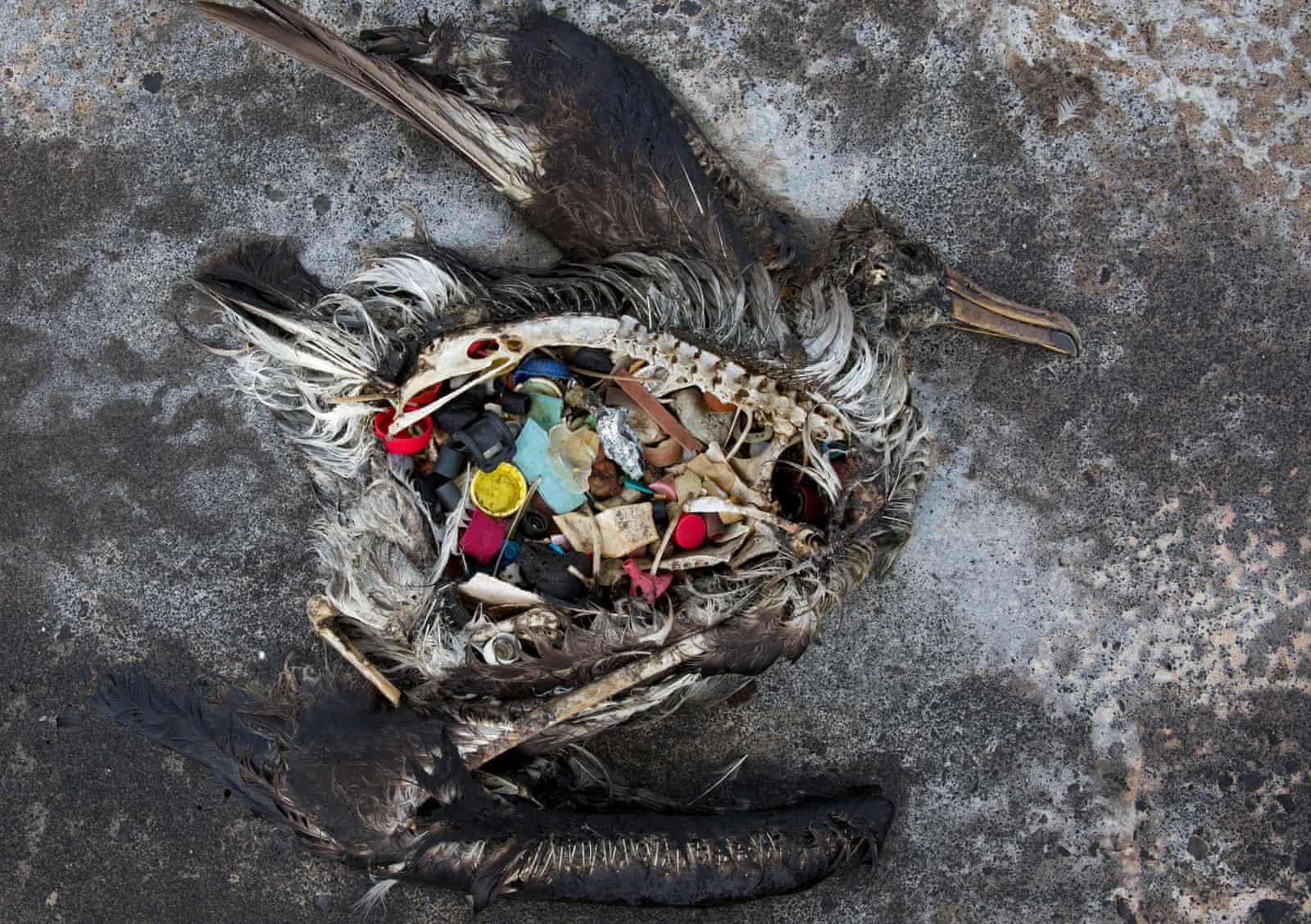There are many ways to prepare coffee at home. Drip bag, capsules, from a packet or pre-packed. They all taste different, but taste is not the only differentiating factor. Each choice has a different carbon footprint as well.
A study conducted by the Department of Environment Quality in the state of Oregon compiled four different pieces of research that estimated the carbon footprint derived from the different preparations of coffee. The simplified version is of the following:
Image source: Heller, 2017.
From the study, it appears that milk-based coffee contributes the highest carbon footprint of about 0.22 to 0.24 kg of carbon dioxide equivalent per serving. As we know, milk comes from cows, and cultivating them contributes high levels of carbon emissions.
These emissions come from the clearing of land to cultivate the crops needed to feed the cows, and the cows themselves. It was found that cows are responsible for 15% of all anthropogenic greenhouse gas emission (Bryce, 2020)!
As we know, the clearing of land reduces carbon sinks, and the increase in dairy productions increases the carbon emitted and hence trapped in the atmosphere for at least 300 years. Alas, black coffee is not a perfect subtitute for milk coffee. This suggests that dairy production will stay, and if nothing is done, the existing atmospheric pollution will only worsen.
Hence, the question that remains is: how can we reduce our carbon footprint, besides switching from a cafe latte to an americano?



No comments:
Post a Comment